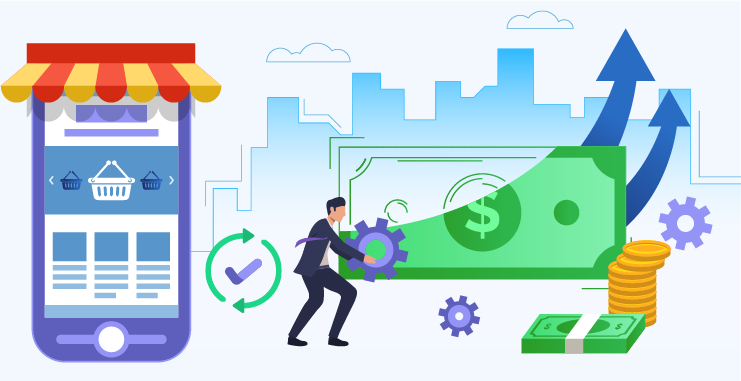Strategies to Expand Your Ecommerce Business Globally
- by eSellerHub

As the global ecommerce market is expanding and becoming competitive, online sellers must jump into the arena of cross-border sales to earn higher profits. The global ecommerce marketplace is a land of opportunity where brands can get chance to flourish internationally and customer can explore variety of international products. However, to jump in this land of opportunity you need deep research of culture, trends, people, commercial operations and understand of the uniqueness of each market. You need different set of strategies for every international market. Though it may seem that converting your local online strategy to a cross-border ecommerce strategy is a challenging task but following right tactics can help to establish your business and increase revenue.
Let’s check out some of the tips which can help to flourish your business globally…
Research on Local Demand

To sell your product or services globally, you need to adapt global marketing strategy for each local market. Customers in different countries have different buying habits, so to succeed in a global ecommerce market, it is vital to know the buying trends of different countries (where you are planning to sell). A strategy that works in USA might not work in the same way in Europe. So, to increase the online sales in global ecommerce market, you need to research and revise your marketing strategy for each of the local market and adapt the approach as per their regional expectations. This helps to build trust and brand credibility which can help you to succeed on global scale.
Work out the Logistics
When you are selling cross-border, it is crucial to plan strategies for fulfilling and delivering products to the customers. Usually, the businesses face big challenges in delivering the products globally because international fulfillment means dealing with tracking, insurance, delivery, shipping, customs and much more. To be rest assured, you can opt for the Amazon fulfillment service or other third party service provider to manage your international orders.
Let’s say, if you want to ship guitar from California to rural Vietnam; you need to take care of minute things which otherwise can lead to the increased overhead cost. Using a third-party service that has a streamlined process for global shipping in rural Vietnam can take away much of the headache as well as cut down on costs.
Make Sure your Site Accommodates Local Languages and Customs:
To compete into a specific international market, you need to offer localized online shopping experience to your customers. The customer will surely drop from your ecommerce store and may not have confidence in your product, if they are not able to understand the content of your website. So, to avoid that you can,
- Develop website in the customer’s local language
- Show-case your products as per the local trends
- Offer the preferred payment methods in the region
- Run marketing campaigns as per their local events and holidays
- Offer brand experience in a way that customers are able to relate with their local brand
There are many ecommerce platforms which have in-built functions to develop website for different countries and manage the entire content from a centralized content management system.
Get Clear on Taxes and Fees
Showing sales taxes and fees to your online customers may avoid doubts and increase comfort of the buyer. There are also some legal things that needs to be taken care of as some countries have different taxes and disclosures. In USA, sales tax is added to the marketed prices and varies widely across the country and within individual states; In EU, businesses have to comply with the VAT obligations; they need to register for VAT in each of the state where they sell goods. Although dealing with taxes and fees in global ecommerce market is complex, you need to make sure that pricing reflects the local market entities and are in-line with the local averages and expectations.
Make Sure to Setup 24 hours- 7 days Response
Responding to the queries of your customer speedily can be a game changer! The problem of selling in global ecommerce market is that, time zones are generally different to yours which means there can be a lag-time of 12-18 hours before a response is received. The faster you respond, the more sales you will generate through happy customers and it is applicable across the world. You can break your sales team into split shifts to manage after hour mails and enquiries or develop chat-bots or generate automated e-mails to stay connected with your customer 24 hours – 7 days.
Conclusion
Selling products globally will help in increasing the exposure your brand to newer countries, cultures and the most importantly customers. It is not a rocket –science or grand master level chess, a well formulated tactics can help to climb the ladders. Taking help from experienced ecommerce managed service providers can help you with account set-ups, rapid integrations through limited up-front investment.
With the help of a custom inventory management software, you can streamline your inventory across the global marketplaces and thus boost your ecommerce sales. Connect with our ecommerce experts today to know more about it.